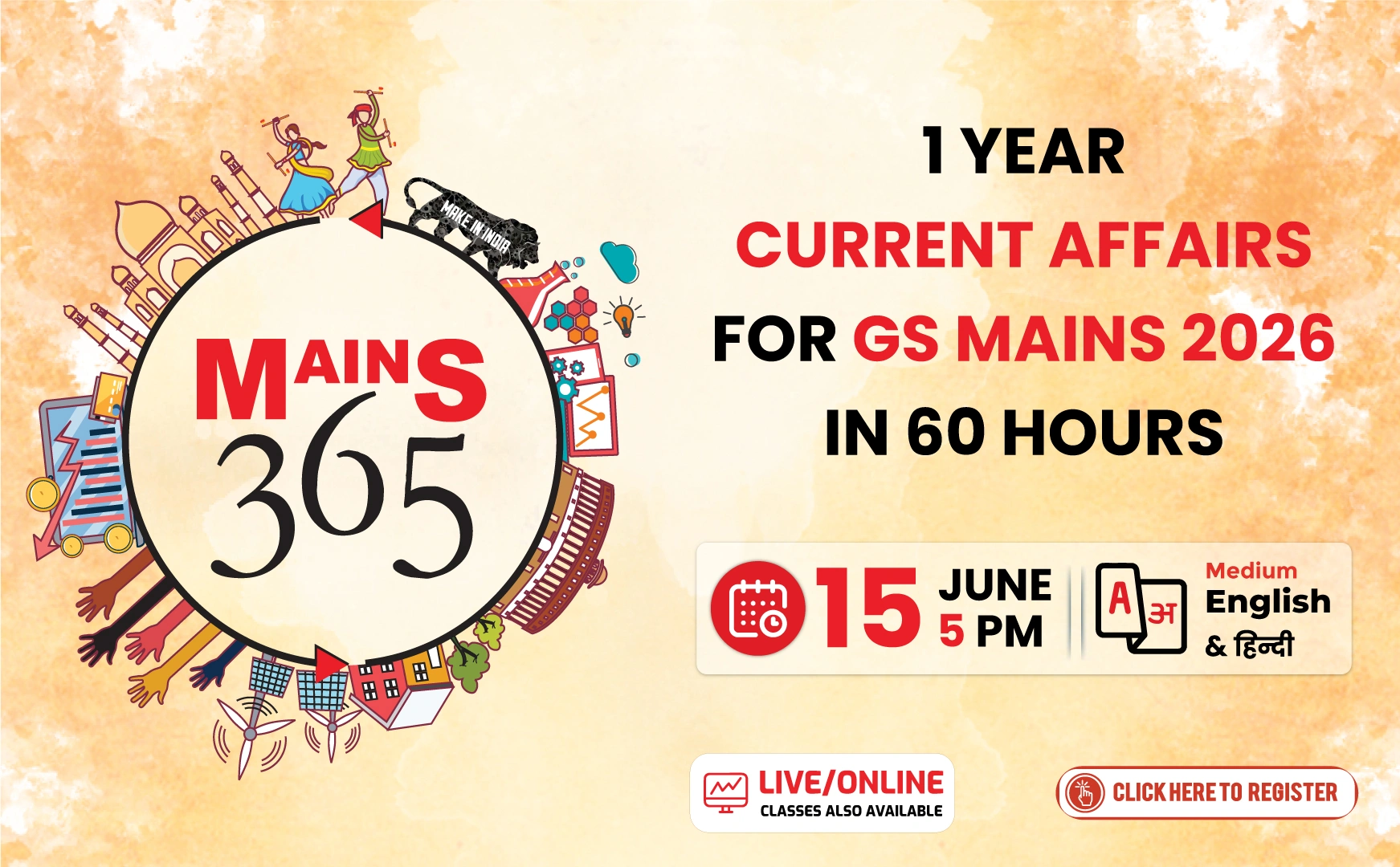Nutrient-Based Subsidy (NBS) Approval for FY26
The Union Cabinet has approved the Nutrient-Based Subsidies (NBS) for the first half of the financial year 2025-26 (H1FY26) with a significant allocation of ₹37,216 crore.
Key Highlights
- The per-kg subsidy on phosphorus (P) has witnessed a sharp increase of over 41% compared to the rabi season of FY25.
- Despite the increase, companies are still expected to incur a loss of approximately ₹1,000 per tonne on imported Di-Ammonia Phosphate (DAP) due to current landed prices.
Subsidy Statistics
- The Revised Estimate (RE) for fertiliser subsidies for FY25 is over ₹1.91 trillion, up from a Budget Estimate (BE) of ₹1.68 trillion.
- The increase in expenditure is primarily due to a ₹9,310 crore spike in non-urea fertiliser subsidy.
- The full-year subsidy for non-urea fertiliser in FY26 is pegged at ₹49,000 crore, with ₹37,216 crore allocated for kharif crops.
Government Stance and Industry Impact
- The Modi government has maintained no increase in retail DAP prices, absorbing the subsidy burden.
- The phosphorus subsidy hike subsumes the special incentive of ₹3,500 per tonne previously given outside the NBS.
- This adjustment benefits all phosphorus-containing products, including various NP and NPK grades.
Expert Insights
- Girishkumar Kadam from Icra noted that:
- The subsidy for DAP is increased to ₹27,800 per tonne for the kharif season 2025, up from ₹25,411 per tonne during the rabi season of FY25.
- The recent increase in input and finished fertilizer prices led to negative margins of about ₹4,000 per tonne on imported DAP, expected to reduce to around ₹1,000 per tonne with revised subsidies and rupee appreciation.
- Improved profitability is anticipated for phosphatic fertilizer players with increased subsidies for other NPK grades.



